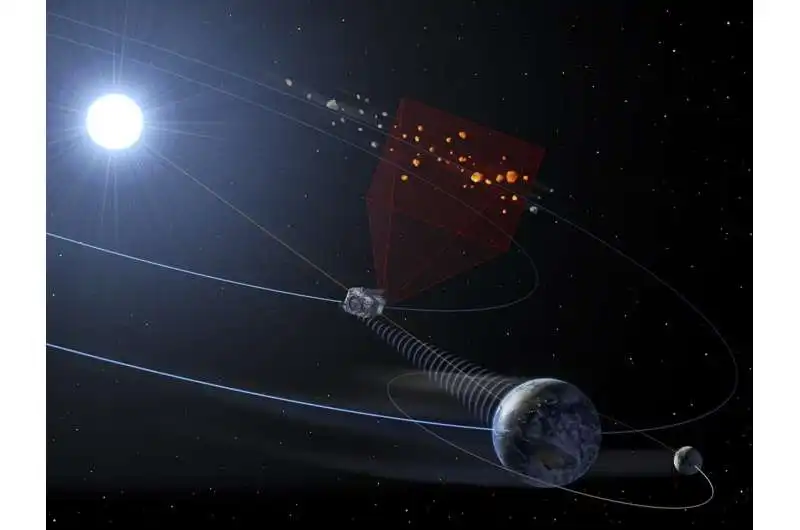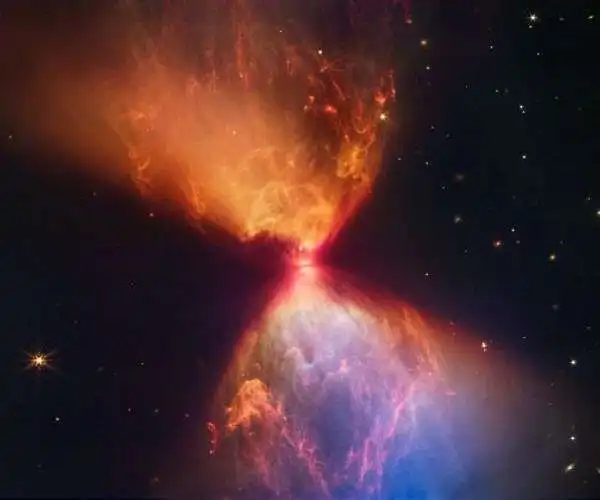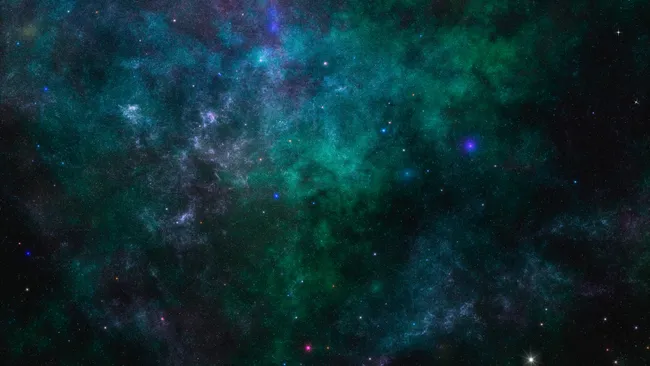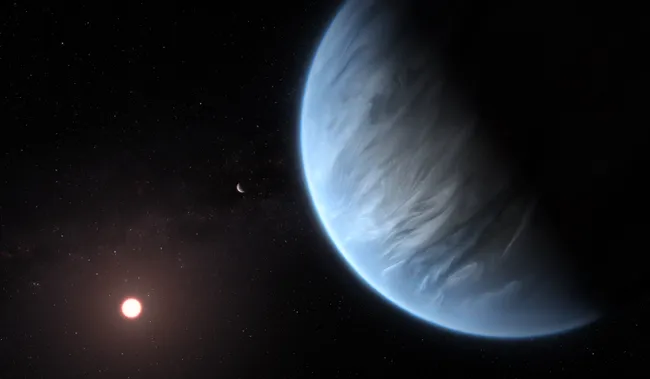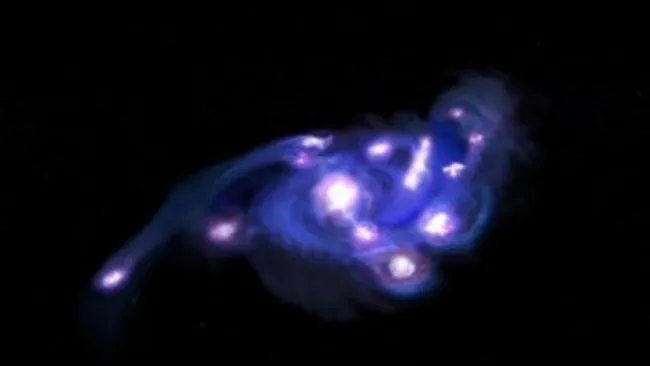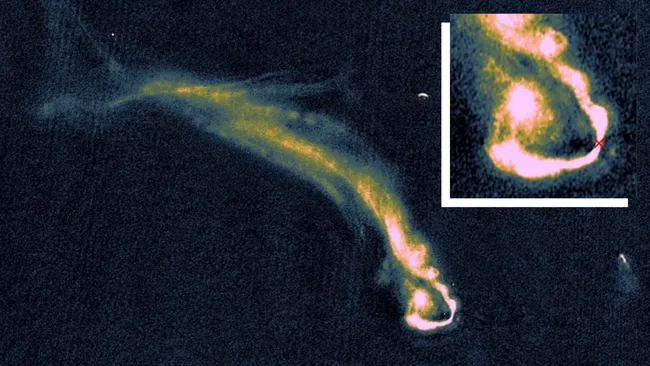After briefly alarming astronomers with a 3% chance of Earth impact, asteroid 2024 YR4 is once again in the spotlight. While the threat to our planet has been ruled out, the asteroid’s trajectory now suggests a 4% probability it could strike the Moon on 22 December 2032.
The object is currently too far for further observation. Thus, this risk percentage will remain unchanged until June 2028, when it becomes visible again.
What is Asteroid 2024 YR4?
Discovered on 27 December 2024 by the ATLAS telescope in Río Hurtado, Chile, 2024 YR4 is estimated to measure between 53 and 67 meters in diameter. That makes it large enough to severely damage a city—if it were to hit Earth.
Shortly after discovery, automated tracking systems flagged it for its 3% chance of Earth impact in December 2032. It quickly topped ESA’s risk list and triggered international planetary defense coordination.
Fortunately, by March 2025, astronomers had collected enough orbital data—some from the James Webb Space Telescope—to rule out any threat to Earth.
Why Wasn’t It Detected Sooner?
Asteroid 2024 YR4 was detected two days after it passed Earth’s closest distance. The delay happened because it approached from the Sun-facing side, a region obscured by daylight for Earth-based optical telescopes.
This issue mirrors what happened with the Chelyabinsk meteor in 2013, which went unnoticed until it exploded in Earth’s atmosphere—causing thousands of injuries in Russia.
Could NEOMIR Have Helped?
ESA plans to fix this detection blind spot through its upcoming NEOMIR space telescope, scheduled for launch in the early 2030s. The telescope will use infrared sensors and orbit the first Lagrange Point between the Earth and Sun.
NEOMIR will scan for objects 20 meters or larger, allowing early detection of threats like 2024 YR4—even when approaching from the Sun’s direction.
According to Richard Moissl, Head of ESA’s Planetary Defense Office:
“Simulations show NEOMIR would have detected asteroid 2024 YR4 at least a month earlier than ground-based telescopes.”
He added that NEOMIR would also help more accurately estimate an asteroid’s size, crucial for risk assessment.
Will Asteroid 2024 YR4 Hit the Moon?
As of March 2025, Earth is safe, but the Moon might not be. The final recorded data suggests a 4% chance of 2024 YR4 colliding with the Moon on 22 December 2032. This probability was still increasing when the asteroid faded out of view.
Until June 2028, when the object reappears, this chance will not change. Observations at that time should quickly determine whether the Moon is at risk.
What If It Hits the Moon?
According to Moissl:
“A lunar impact remains unlikely, but if it occurs, it would be a rare and scientifically valuable event.”
He noted that such a collision would likely be visible from Earth, create a new crater, and possibly eject debris into space. However, whether that debris could reach Earth cannot yet be determined.
As humans prepare for long-term Moon exploration, monitoring these risks becomes more urgent. Unlike Earth, the Moon has no atmosphere to burn up small objects—making even centimeter-sized debris dangerous to astronauts and lunar infrastructure.
Improving Planetary Defense
Asteroid 2024 YR4 highlights how time is critical in asteroid detection. Late detection reduces observation windows and complicates planning for mitigation strategies.
ESA’s NEOMIR project aims to ensure no major object approaches Earth unnoticed, especially from the Sun’s direction. This investment in planetary defense technology will be essential in preventing future threats.
In the meantime, the space community watches and waits for 2028, when this mysterious asteroid will return to the night sky—and finally reveal whether the Moon lies in its path.

